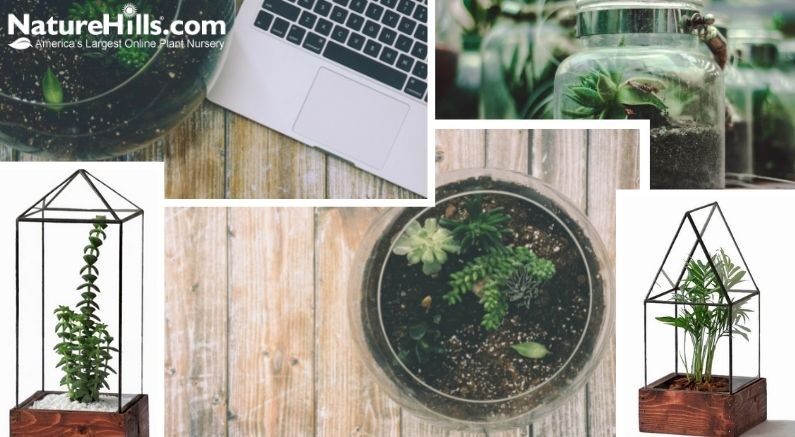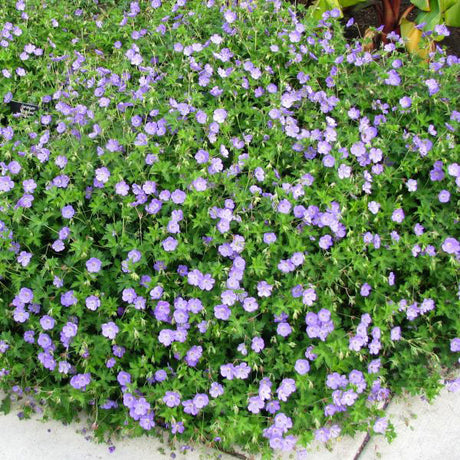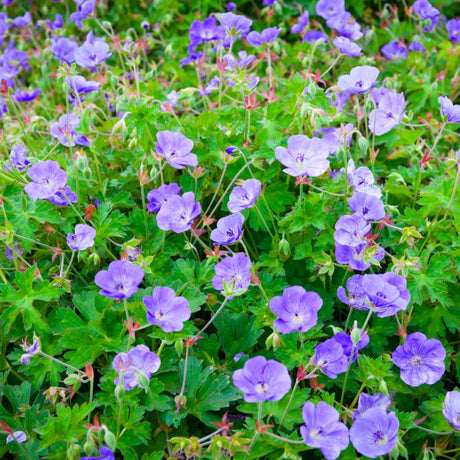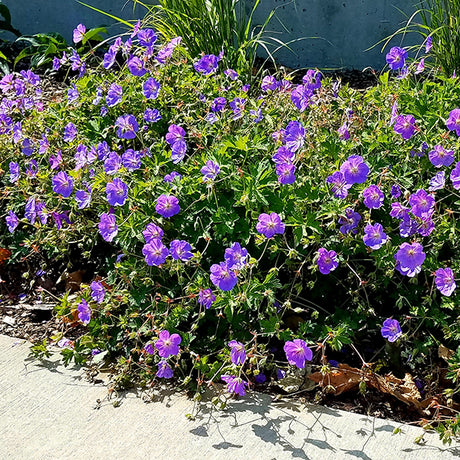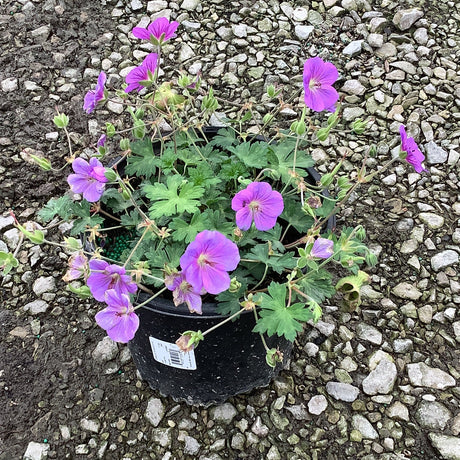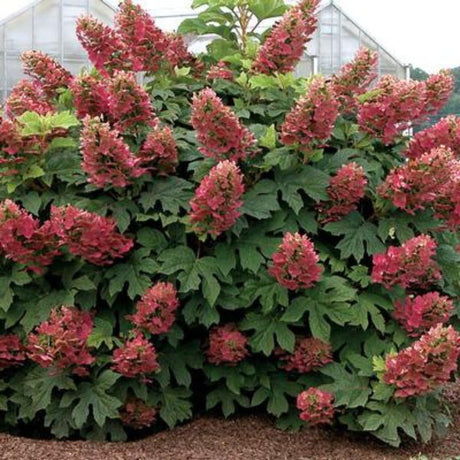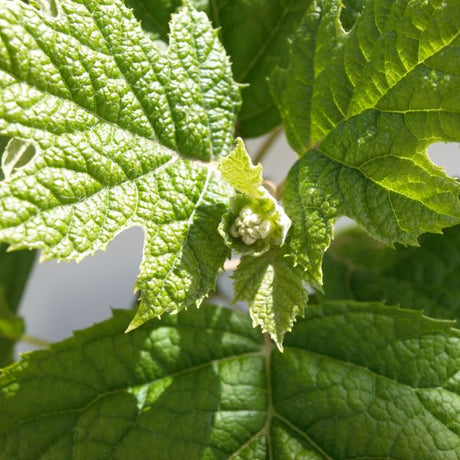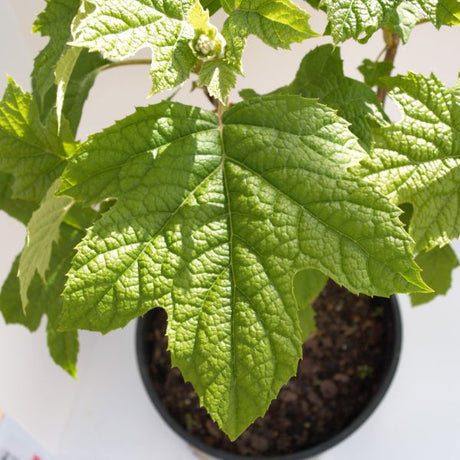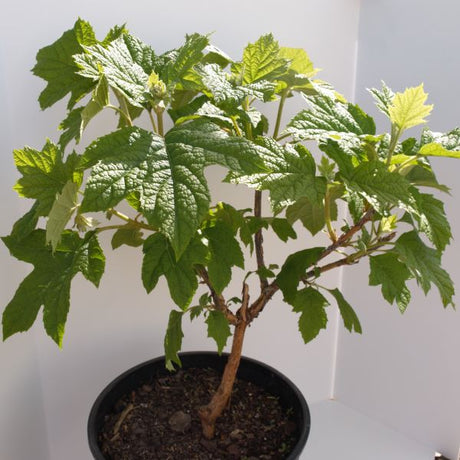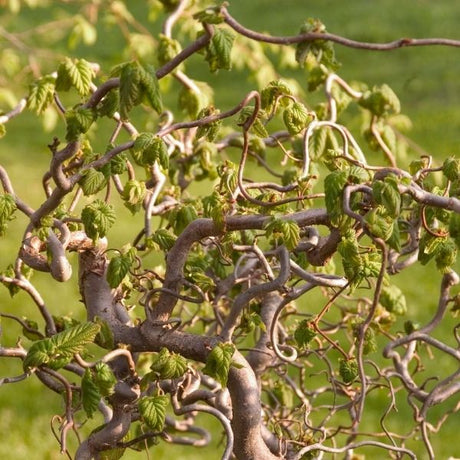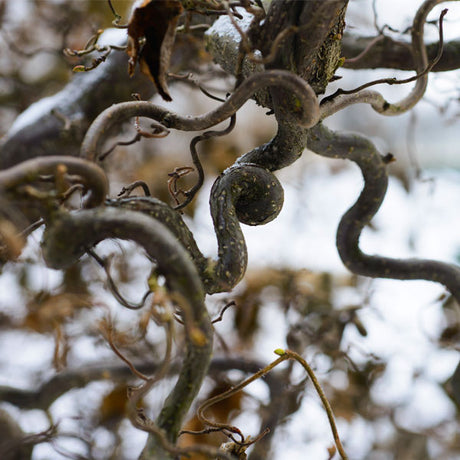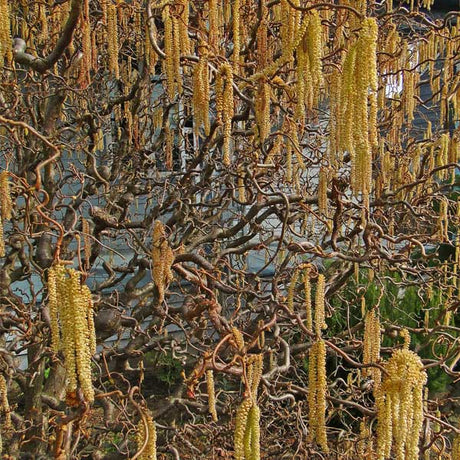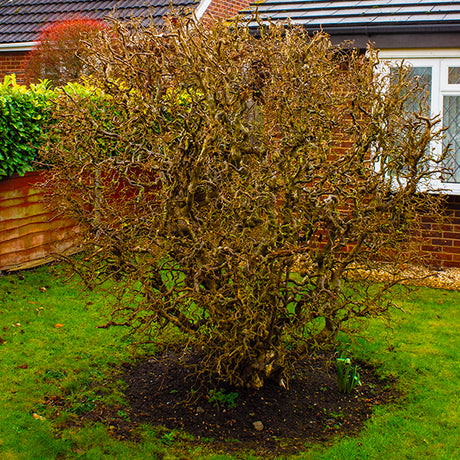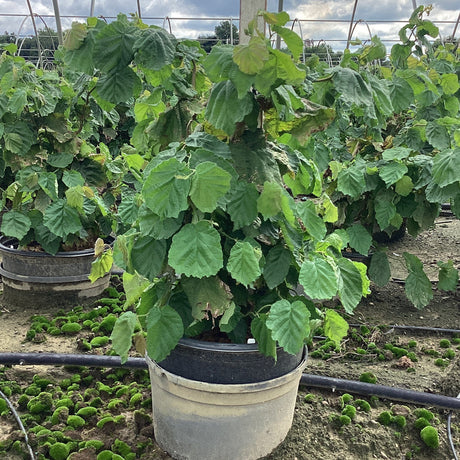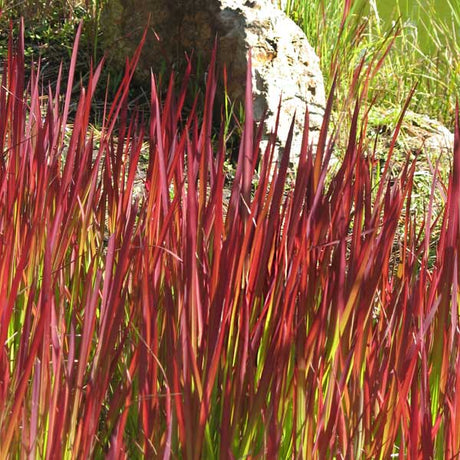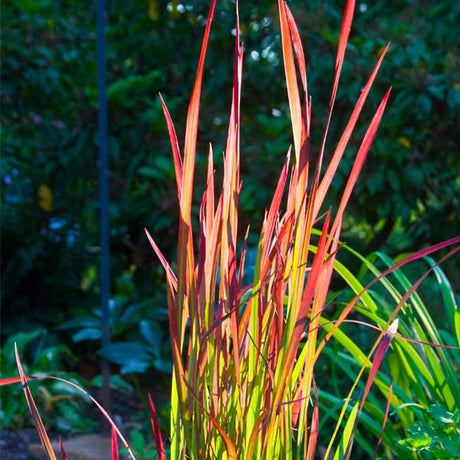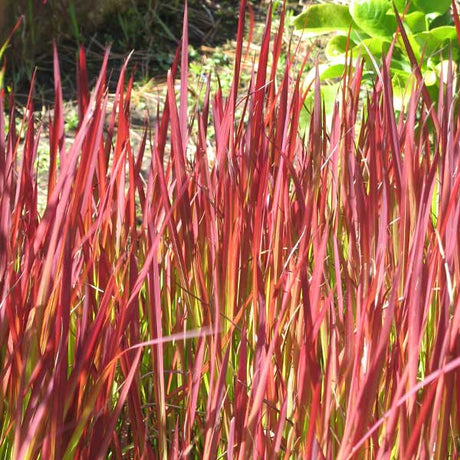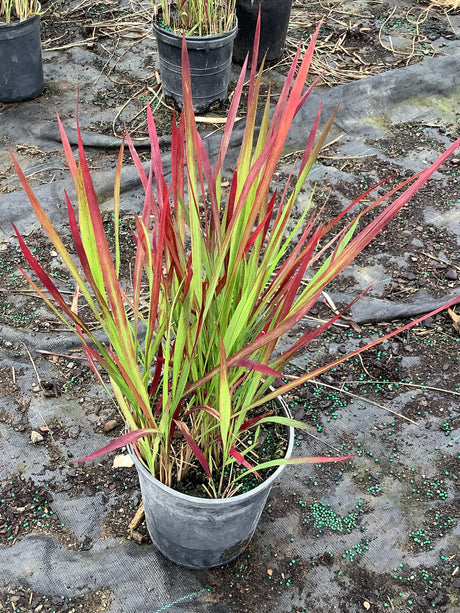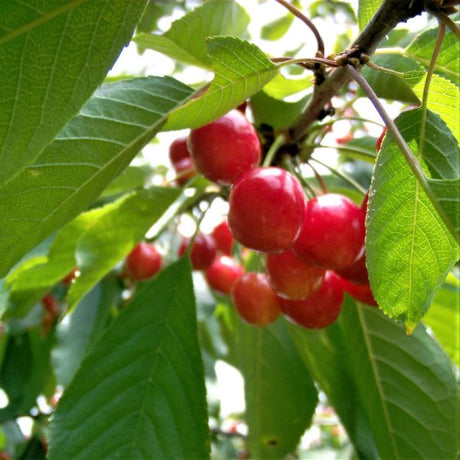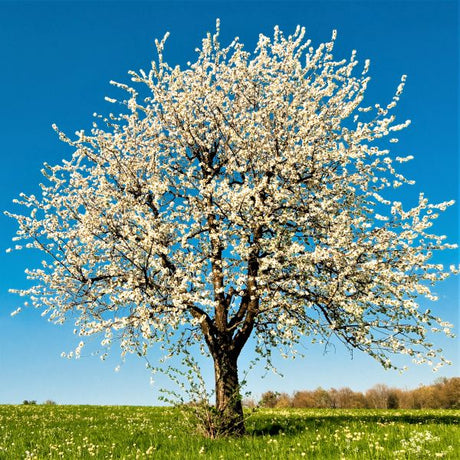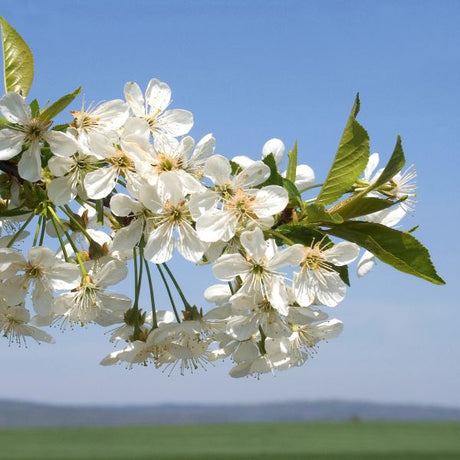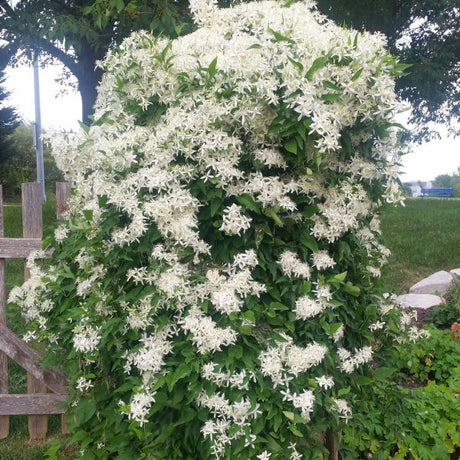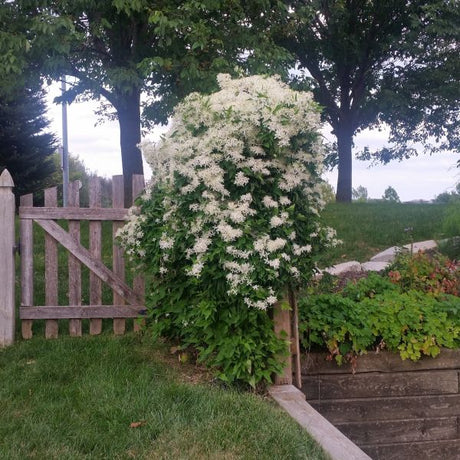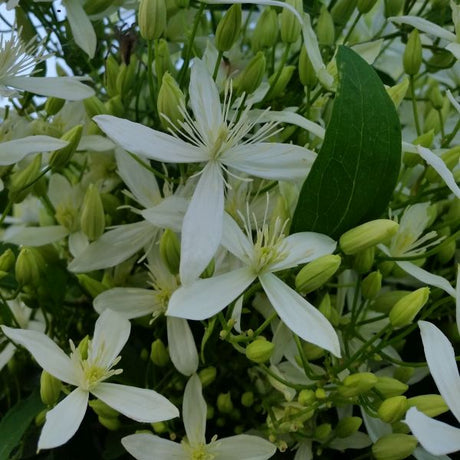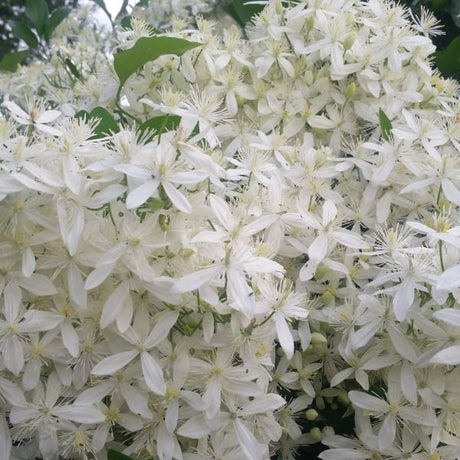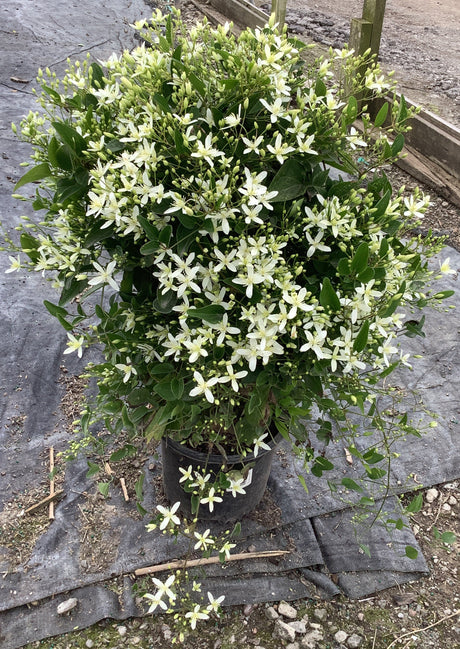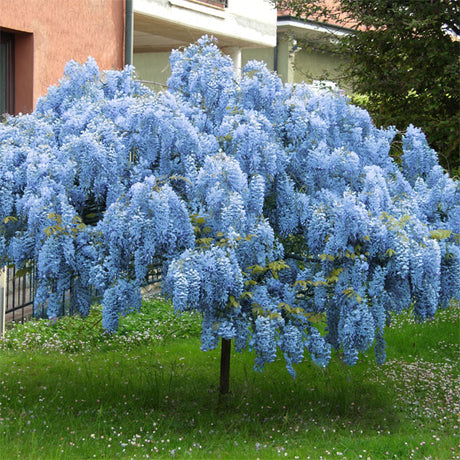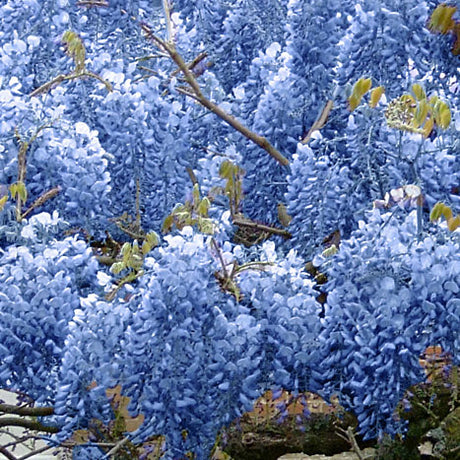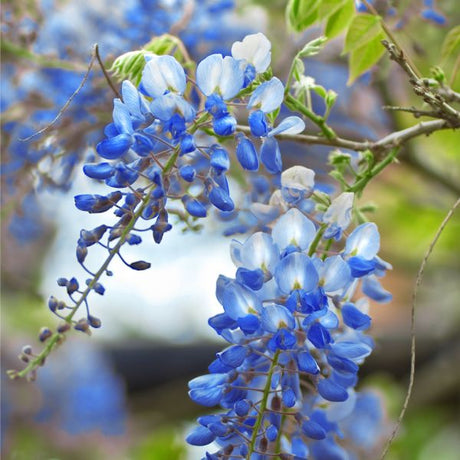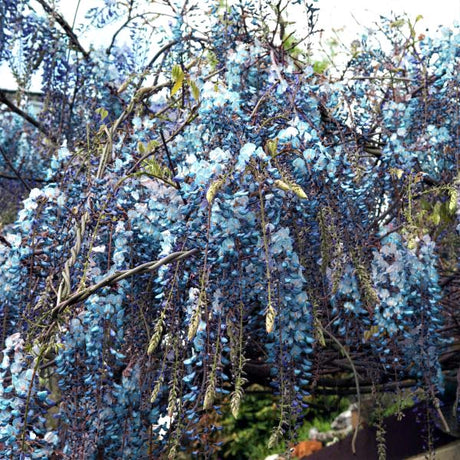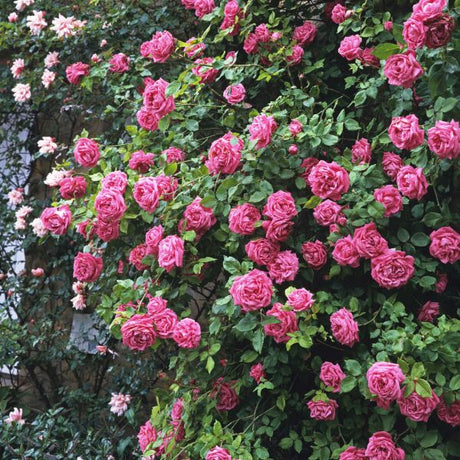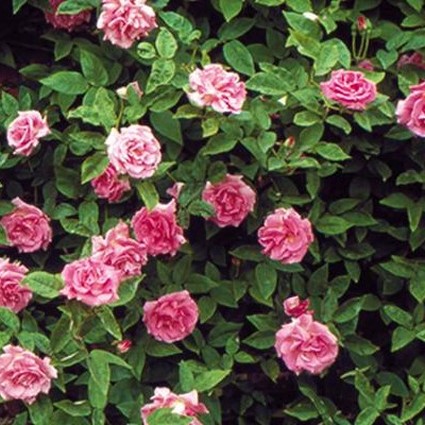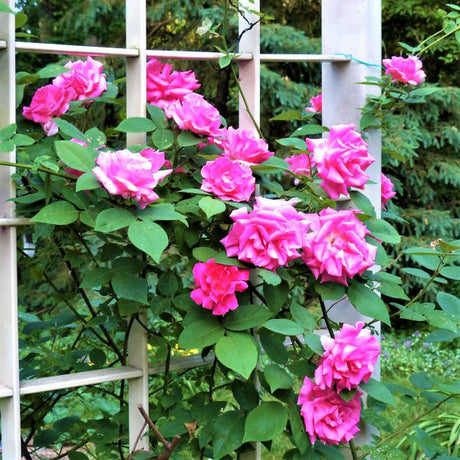- What is a Terrarium?
- 4 Types of Terrarium Plants
- 5 Step Planting Guide To Assemble A Terrarium
- Where You Can Get Your Own Terrarium
What is a Terrarium?
By definition, a terrarium is a sealed transparent globe or similar container in which plants are grown. They are often made of glass or plastic and wood.
While some terrariums can house small animals, the majority of them house beautiful and vivacious plants. Terrariums are a great tool and decorative piece that gives your plants an enclosed and controlled environment to thrive in.
A terrarium will add the perfect pop of class and color to any space. Put it on your desk to add a little life to it, or add one to your windowsill to bring inside a bit of the outdoors. No matter where you choose to place your terrarium, it is sure to be eye-catching and beautiful.
Terrariums are great for growing mini-gardens, especially if you live in a dry area. There are two kinds of terrariums: enclosed terrariums and open terrariums.
Open terrariums require more supplies such as moss and rocks to help contain moisture in the environment. Enclosed terrariums are similar to a small greenhouse and require less material.
The soil and plants within an enclosed terrarium release water vapor that collects on the walls and slides back into the soil. It essentially recycles the water!
The best part about terrariums is that they are self-nourishing, especially if they are sealed. This is why they require such little maintenance. Of course, you should still check on your plants as needed, but you won't have to water them nearly as much as if they were outdoor plants.
4 Types of Terrarium Plants
While you may think that there are only a couple of plants that can grow in terrariums, there are actually many of them! Some are even sold right here on the NatureHills.com website!
Mondo Grass
Grasses such as Black Beard Mondo Grass and Dwarf Mondo Grass make an excellent addition to any terrarium in small quantities. Mondo Grasses are known for being ornamental, durable, and an excellent ground cover. This is why they are also perfect for growing in terrariums!
While Mondo Grass is known for being durable, it is still susceptible to the elements. A sealed terrarium will help ensure that the grass gets all the nourishment it needs, with little effort from you.
Begonias
This one is a bit of a surprise, but it's true! You can totally grow small flowers in your terrariums! Flowers like Begonias are just what you need to add a bright pop of color to your space. Take the Apricot Illumination Begonia, for example.
This Begonia happens to grow best in window boxes and hanging baskets! A terrarium will make the perfect habitat for one of these beautiful flowers. Just keep in mind that as your Begonia grows, it may need a bigger terrarium to support its future growth.
Again, this is a plant that is susceptible to dryness if not watered properly or frequently enough. A terrarium helps cut back on that extra work!
Ferns
It may seem strange to think that a fern can go in a terrarium of all things. But, they are actually quite perfect for them!
Ferns such as the Foxtail Fern are tough and easy to care for. They love to live in containers and hanging baskets which makes a terrarium an ideal environment for them.
Sedums
Sedums are another example of a great decorative ground cover. The SunSparkler Firecracker Sedum, for example, has vivid pink flower clusters and loves the heat! When grown in a container like a terrarium, it is sure to thrive and look vibrant.
5 Step Planting Guide To Assemble A Terrarium
The stained glass look of these terrariums is what makes them stand out from the rest! They are unique, beautiful, and even slightly complex. However, these terrariums are far from confusing and are actually quite easy to put together!
What You Need
- Clay Pebbles / Pea Gravel
- Activated Charcoal
- Potting Soil
- Your Plant!
- Coffee Filter (Optional)
- Moss and/or Sand (Optional)
Step #1: Add Pebbles for Drainage
Place a 1-inch high layer of pea gravel or red clay pebbles (Hydrotron) at the terrarium liner's bottom. These types of pebbles retain moisture and release it back to your plants' roots as needed for healthy drainage.
Step #2: Add a Layer of Charcoal
Add a 1/4 inch layer of activated charcoal pieces on top of your pebbles.
You can purchase charcoal at garden supply stores or aquarium supply stores. It is used to keep the soil purified and help with filtration. Another thing you could do is add a coffee filter, moss, or sand. This will help prevent soil from filtering down into the pebbles.
Step #3: Add Potting Soil
Add 2 to 3 inches of potting soil on top of the charcoal. We recommend using a good organic potting soil. A quality soil mixture will help them grow to their full potential and prolong the life of your plants.
Step #4: Planting and Decorating
Remove the plant from its plastic container, tease the roots gently apart and remove any excess moisture. Dig a small hole in the potting soil and place the root ball inside. Add soil around the base of the plant and gently pat it down.
Depending on the size of your terrarium, you may be able to add multiple plants. Also, consider adding decorative sand, moss, or objects to your taste.
Step #5: Cover and Place
Place your terrarium top onto the base and place it in a sunny spot in your home.
Where You Can Get Your Own Terrarium
Now that you know how to put a terrarium together, you probably want to know where to find one. Well, NatureHills.com, of course!
Leadhead Glass uniquely crafts each one of our terrariums. Using reclaimed glass and wood to bring modern eco-friendly beauty into your home. Visit the link below to get yours today!

